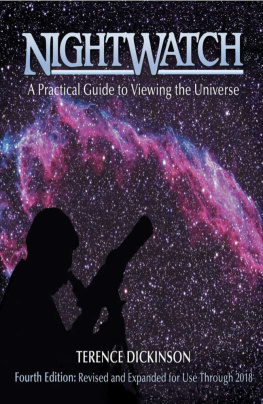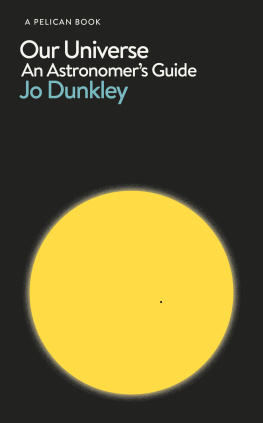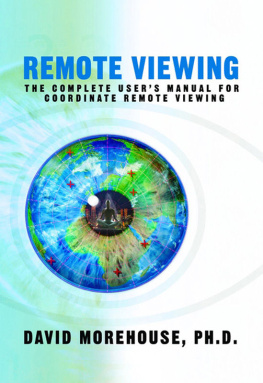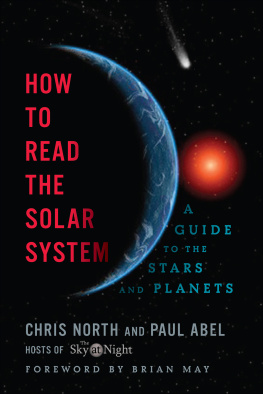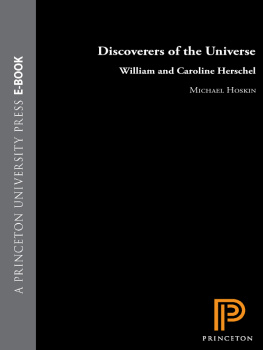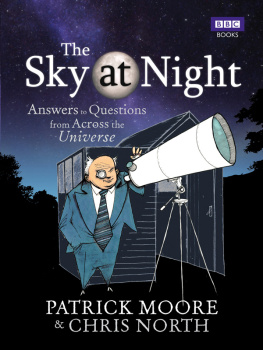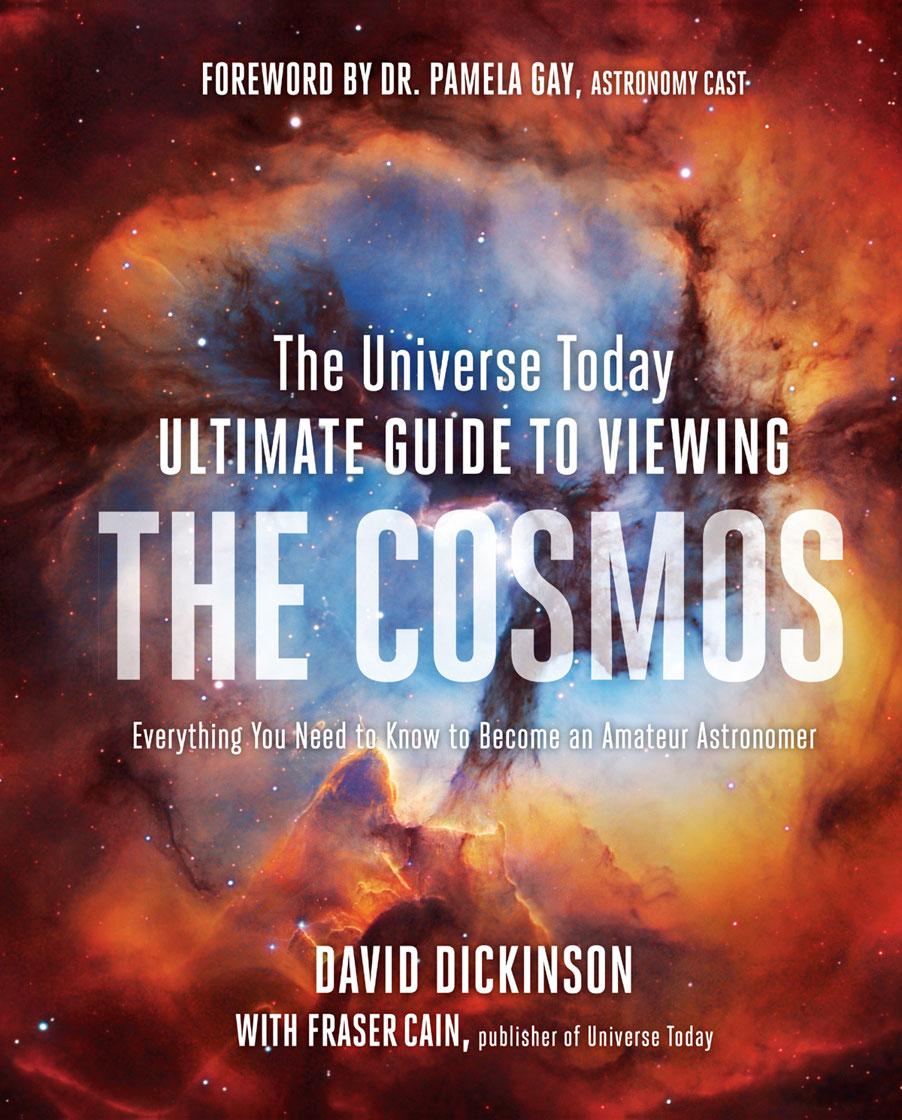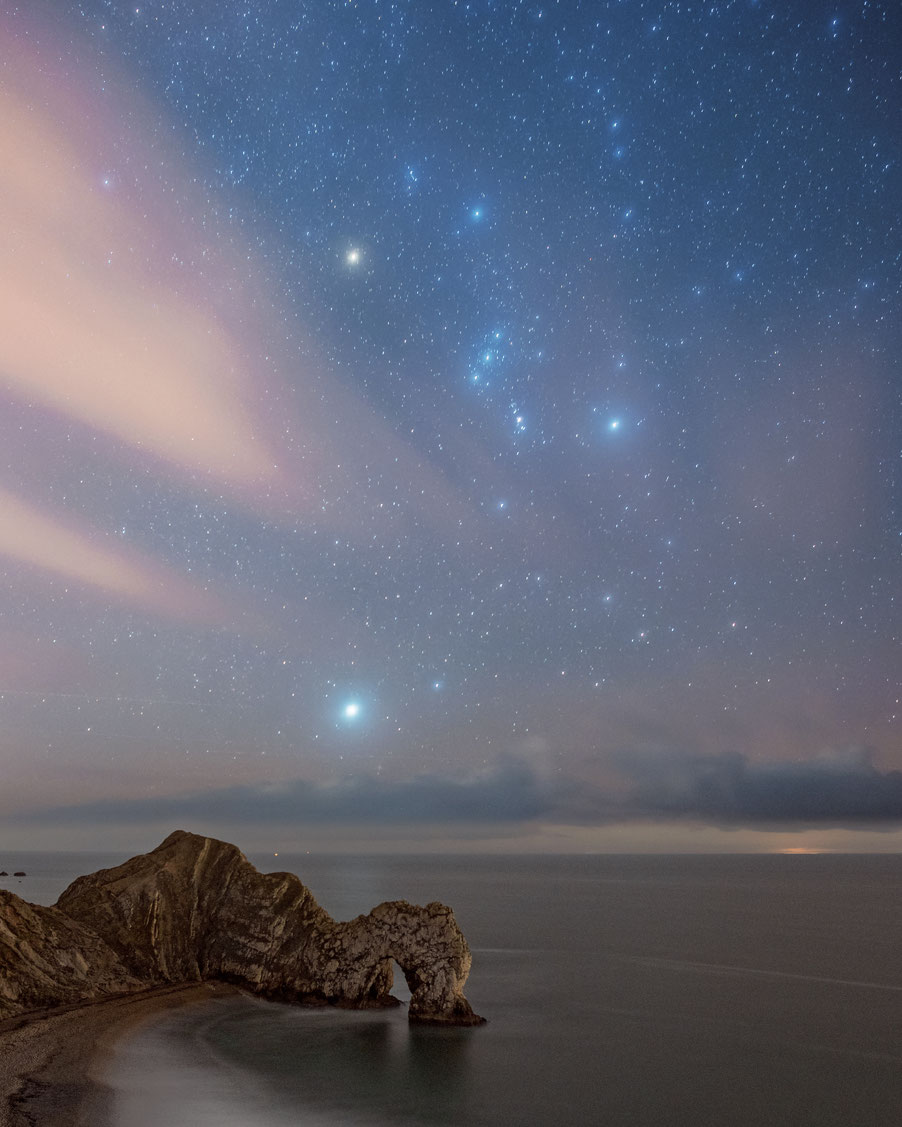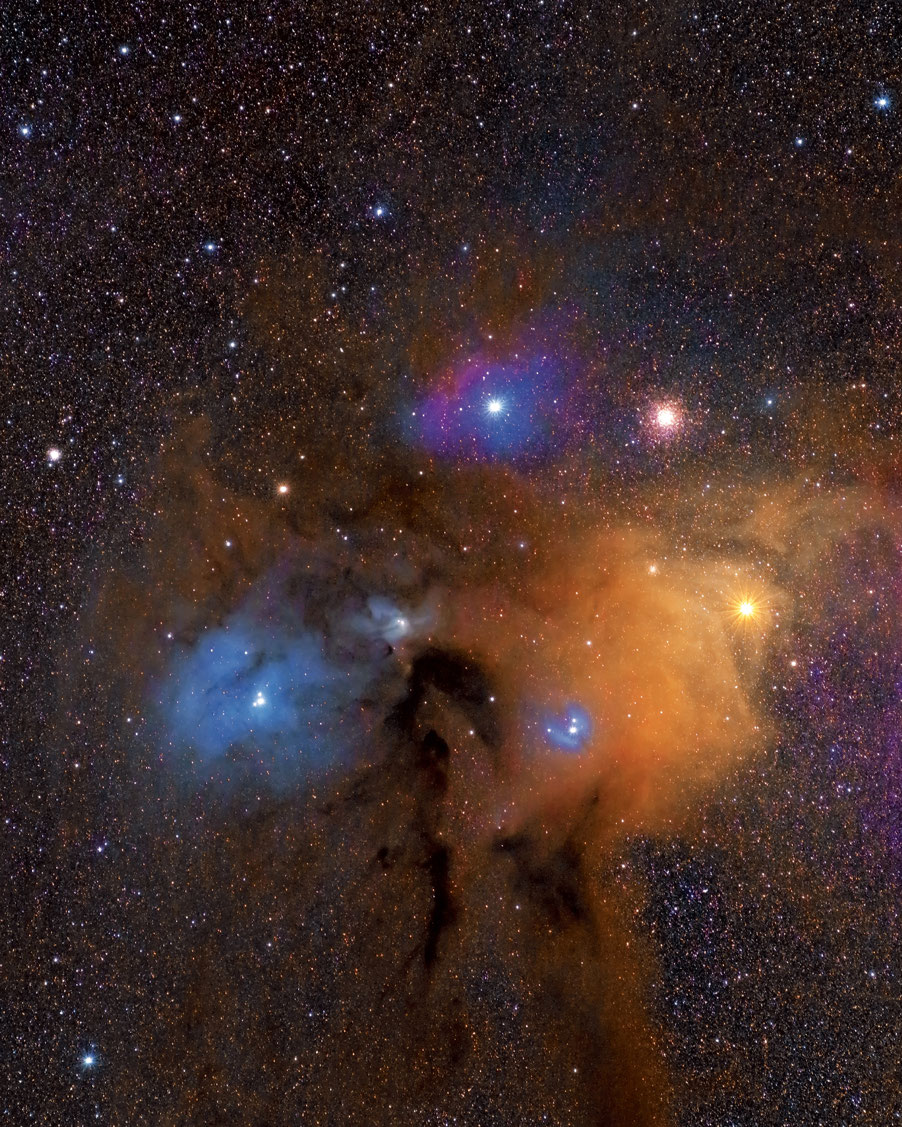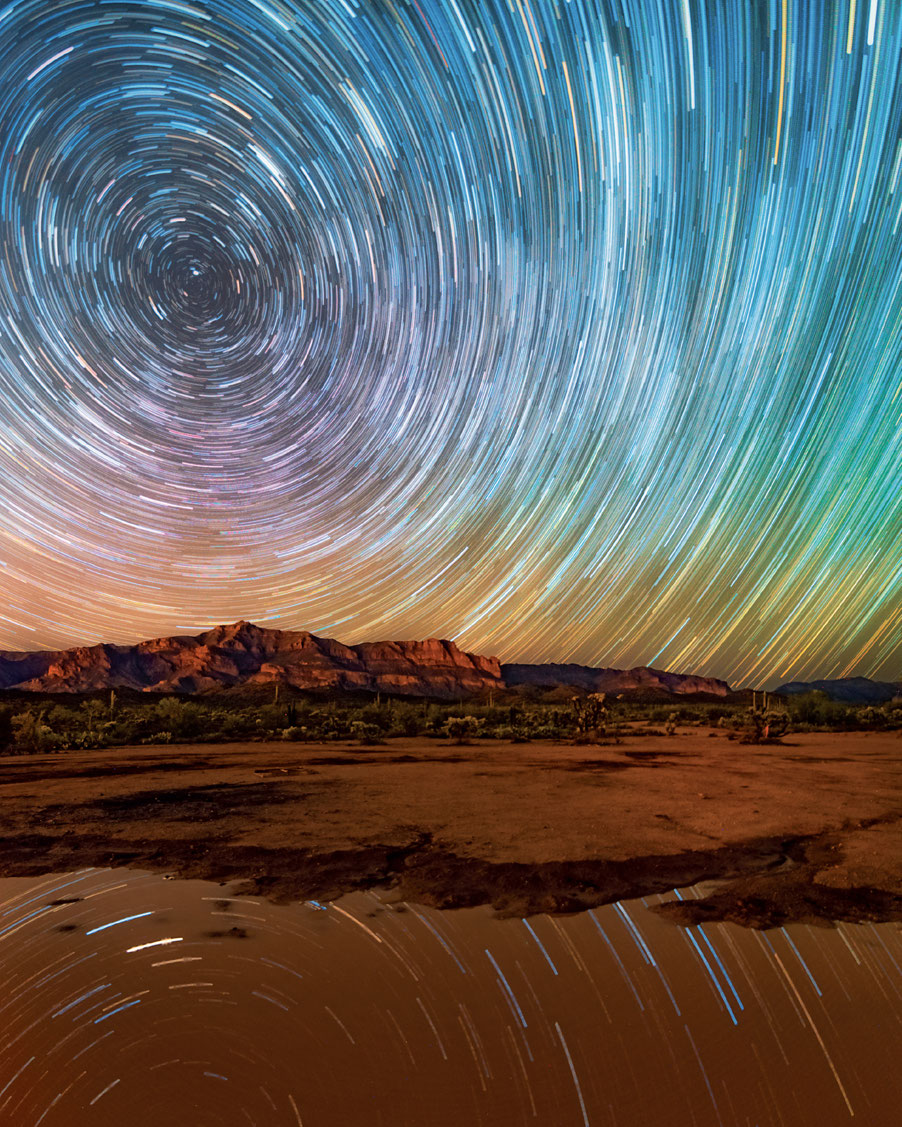FOREWORD BY DR. PAMELA GAY, ASTRONOMY CAST
Thank you for buying this
Page Street Publishing Co. ebook.
To receive special offers, bonus content,
and info on new releases and other great reads,
sign up for our newsletters.
Or visit us online at
us.macmillan.com/newslettersignup
The author and publisher have provided this e-book to you for your personal use only. You may not make this e-book publicly available in any way. Copyright infringement is against the law. If you believe the copy of this e-book you are reading infringes on the authors copyright, please notify the publisher at: http://us.macmillanusa.com/piracy.
TO MY MOM,
FOR INSTILLING A SENSE OF THE WONDER OF NATURE IN US KIDS, AND ALL OF THOSE SUMMER NIGHT VIGILS AWAITING THE PERSEID METEORS UNDER DARK NORTHERN MAINE SKIES.
Its easy to say, Hey, everyone should go out and look up. Heck, I say some version of that sentence five to ten times a week! What is hard is finding what to say to get people to keep looking up. It turns out there isnt one key sentence, but there may be one key bookthis bookthat helps people find constant inspiration to explore our skies.
Astronomy is the rare science that has a story to tell: a story that begins with the formation of our universe, extends into the now of stars and planets and galaxies, and has a predictable end that theorists love to reveal with their scientific spoilers. Astronomy is also one of those sciences that provides amazing images that are as mind-blowing as its scientific insights. This combination of stunning pictures and heart-pounding descriptions of formation and destruction has me captivated for life. Astronomy is the ultimate page-turner, as it describes our own possible fates as people, as a planet, and as a universe.
As a scientist, Ive spent my life learning how to read this story with telescopes and space probes, and with each new technology, I and my colleagues find a few more chapters of this epoch-spanning narrative. Today, we are in a new, third renaissance of astronomy. Four hundred years ago, Galileo got us looking up with telescopes during the actual Renaissance, and his efforts and the efforts of all who followed brought us new concepts about celestial motions and the actual nature of planets, comets, and the heavens beyond. In the early 1900s, we entered the age of big glass, glass plate photography, and an expanding universe. Data drove us to accept relativity, and to explore the possibility of dark matter. Today, weve gone digital, and our advances in spacecraft engineering and in multi-mirrored and mega-mirrored telescopes as well as digital detectors have brought us into a third age of discovery, one that is bringing us a wealth of alien worlds, black holes, and more invisible forces and features to shape a space that we find is accelerating itself apart.
While astronomy in the past was a thing to be done by sponsored scientists at universities and by the wealthy who used their leisure time to study, todays astronomy is open to the masses. In fact, its now possible to take a better image with a simple telescope and an iPhone than I could take as a college student with access to professional equipment!
In 1991, high school me was able to intern at a multi-meter telescope facility. At that cutting-edge facility, we celebrated taking basic digital data and dreamed of upgrading to an 800 x 800 pixel (0.65 megapixel) camera like those on the Hubble Space Telescope. At that point in time, polar aligning wasnt aided by GPS, astrophotography meant using film, and the guider was the observer (or the student like me!) who manually kept things lined up. Today, many clubs and individuals have GPS-driven telescopes, low-end Digital Single Lens Reflex (DSLR) cameras can take images with more than 20 megapixels, and guiding well, a good motor doesnt need any, and if it does, there are digital systems to replace the digits of students.
It is possible for youyes, you, the person reading this sentence right nowto potentially work in your driveway to study evolving dust storms on Mars, to measure the passage of exoplanets around distant stars, and to take stunning images of far-off galaxies that have your friends asking, Is that from Hubble? Its not easy, but you can do it, and this book is here to help.
Today, telescopes are available for almost all incomes, with fun systems starting for less than $100. Unfortunately, many of the telescopes that get purchased go on to live in closets and the corners of garages. This book is here to help telescopes everywhere escape this fate. It does this by packing a one-two punch of science and observational how-to.
On the side of science, Ultimate Guide to Viewing the Cosmos brings you stories from professional researchers who work with NASA, ESA, and other spacecraft and telescopes to revolutionize our understanding of the sky. The author will tell you about what they are discovering and how. These interviews are illustrated with never-before-seen images from some of the worlds best astrophotographers. These are the kind of picture-stories that will make you want to both learn more about astronomy and look up more to see what you can capture for yourself.
To help you sate your observational hunger, this book lays out all the information you need on when, where, and how to observe the sky. From tricks for enjoying a meteor shower or solar eclipse to advanced details on celestial motions and color imagery, it offers something new to try for people of every skill level. This is the kind of book you can read and then recommend to a friend or family member just starting to get interested in astronomy, or that you can pass to a longtime amateur astronomer looking for inspiration on what to try next. Heck, this book has things this professional astronomer wants to try with her personal scope!
So, go out and look up, and let this book inspire you to keep looking up and to unlock your own chapter of the mystery of astronomy.
Dr. Pamela Gay, Astronomy Cast
Stargazing is one of the oldest forms of entertainment there is. For millions of years, humans looked at the stars, carefully noting the motions of the Sun, Moon, and planets as they made up stories about the patterns in the sky. In a way, weve lost much of the intimate everyday knowledge our ancestors had about the sky. In the modern age of distraction and flashing electronic lights all vying for our attention, the act of gazing skyward is a minor stroke of rebellion.




